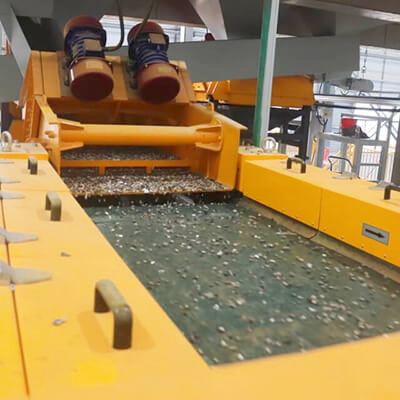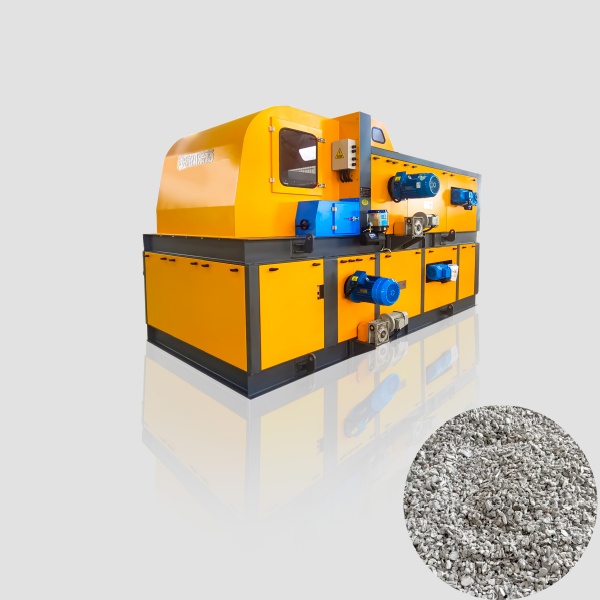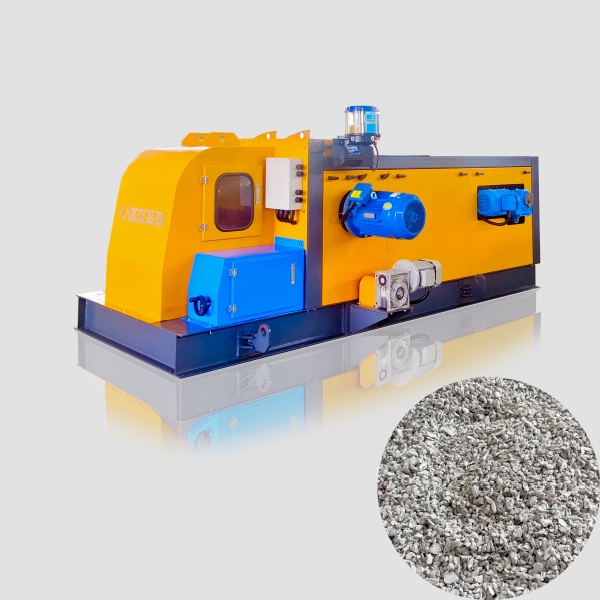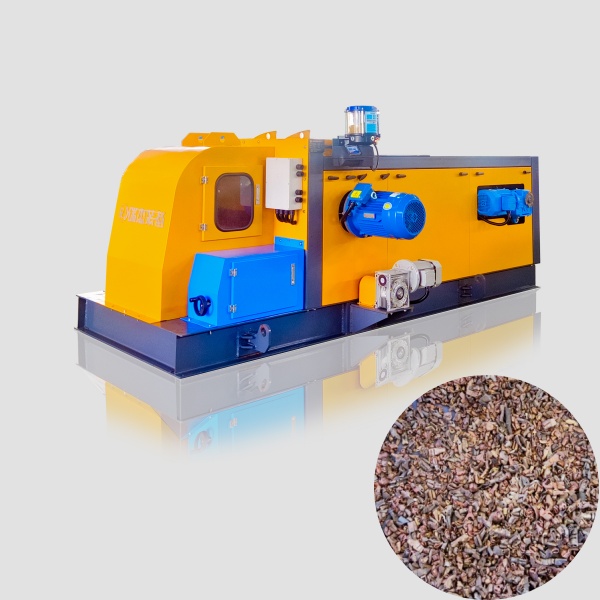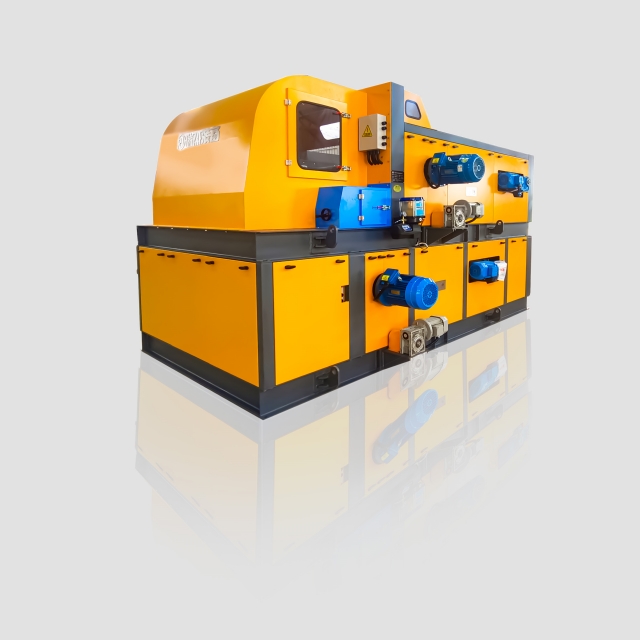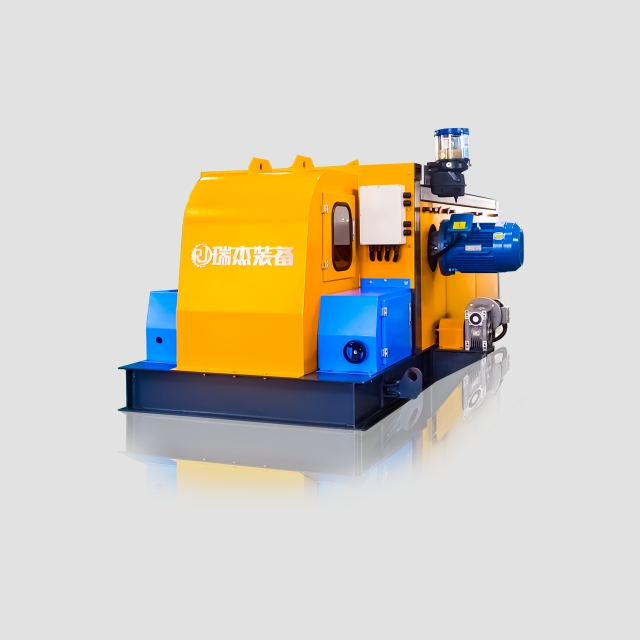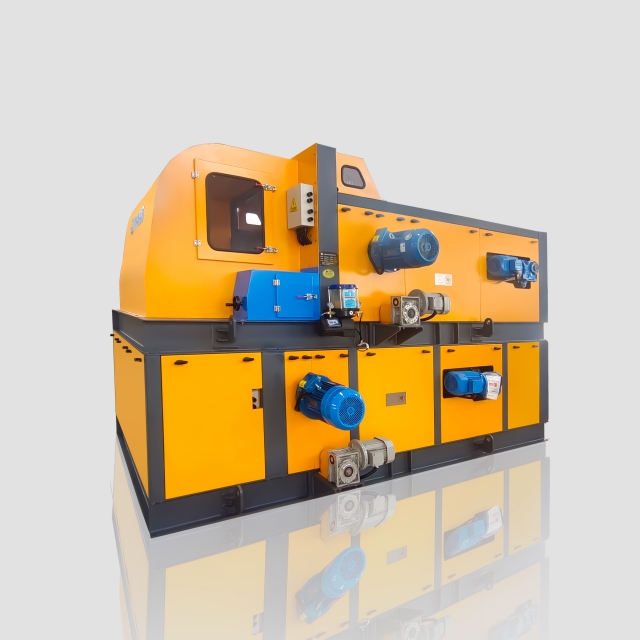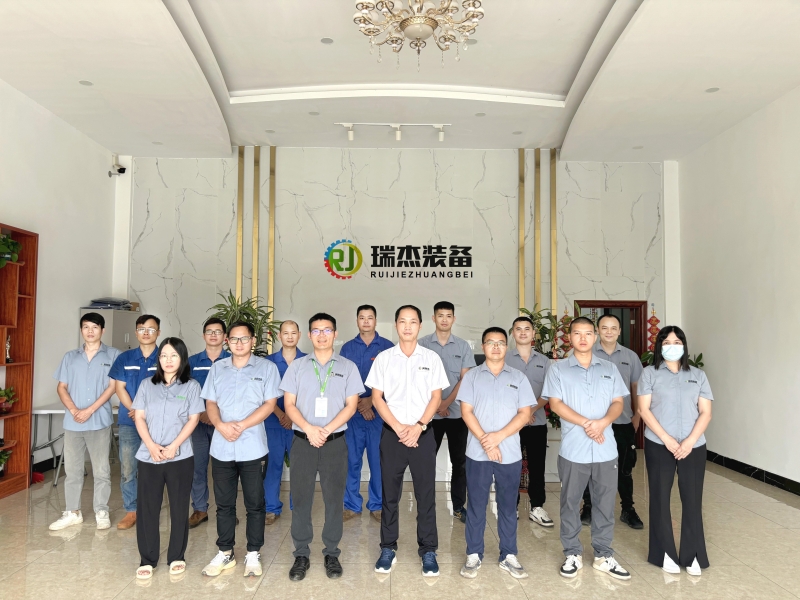The Eddy Current Separator (ECS) utilizes electromagnetic induction to separate non-ferrous metals (e.g., aluminum, copper, brass) from mixed waste streams. The eddy current separator machine is mainly used for the efficient recycling of non-ferrous metals in subsequent processes.
How Does An Eddy Current Separator Work?
The eddy current separator machine operates based on the principle of electromagnetic induction.
When electrically conductive non-ferrous metals (such as aluminum, copper, zinc, etc.) enter the alternating magnetic field area, eddy currents are induced inside the metals.
According to Lenz’s law, the magnetic field generated by these eddy currents repels the original magnetic field, causing the metal particles to be pushed outward and jump out of the material flow, thus achieving separation from non-metallic materials.
For ferrous metals, which are attracted by strong magnetic fields, magnetic separation equipment is usually required for pre-treatment first. The eddy current sorting machine is mainly used for the efficient recycling of non-ferrous metals in subsequent processes.
Wide Applications In Various Industries
Solid Waste Recycling and Renewable Resource Industry
- Municipal Solid Waste Treatment: During the treatment of incineration residues or landfill pre-treatment of municipal solid waste, the eddy current separator machine can efficiently separate non-ferrous metals such as aluminum cans and copper wires.——This not only realizes the recycling of metal resources but also reduces the wear of metal on subsequent processing equipment, improving the overall processing efficiency.
- Industrial Waste Treatment: In the field of electronic waste recycling, the eddy current separator machine can precisely separate copper and aluminum components from waste materials such as circuit boards and wires and cables.——For metal processing waste such as cutting debris and stamping scraps, it can also effectively separate metals from non-metallic materials (such as plastics and rubber), facilitating the high-value recycling of industrial waste.
- End-of-Life Vehicle Dismantling: In the post-crushing treatment of end-of-life vehicles, the eddy separator can recover aluminum and magnesium alloys from waste materials such as bumpers and engine parts, reducing the metal residue in automotive shredder residue (ASR) and improving resource recovery rates.
Non-Metallic Mineral Processing Industry
- Plastic Recycling: In the treatment of mixed plastic waste, the eddy separator can effectively remove impurities such as aluminum foils and metal bottle caps, preventing metal contamination from affecting the quality of recycled plastics and ensuring that recycled plastic particles meet high standards for food packaging.
- Glass Recycling: By separating aluminum bottle caps and copper alloy fragments from broken glass, it prevents metal impurities from causing product defects such as bubbles and discoloration during the glass melting process, improving the quality of recycled glass.
- Building Materials Processing: Separating metal impurities such as iron nails and aluminum formwork fragments from sand, gravel, and aggregates can prevent metals from damaging concrete mixers and asphalt equipment, ensuring the normal operation of building materials processing equipment.
Non-Metallic Mineral Processing Industry
- Plastic Recycling: In the treatment of mixed plastic waste, the eddy current metal separator can effectively remove impurities such as aluminum foils and metal bottle caps, preventing metal contamination from affecting the quality of recycled plastics and ensuring that recycled plastic particles meet high standards for food packaging.
- Glass Recycling: By separating aluminum bottle caps and copper alloy fragments from broken glass, it prevents metal impurities from causing product defects such as bubbles and discoloration during the glass melting process, improving the quality of recycled glass.
- Building Materials Processing: Separating metal impurities such as iron nails and aluminum formwork fragments from sand, gravel, and aggregates can prevent metals from damaging concrete mixers and asphalt equipment, ensuring the normal operation of building materials processing equipment.
Environmental Protection and Ecological Governance Field
- River and Soil Remediation: In the treatment of contaminated river sediments and soil, the eddy current separator machine can separate metal fragments, reducing the risk of heavy metal migration and contributing to ecological environment restoration.
- Hazardous Waste Treatment: By separating non-ferrous metals from industrial waste liquid sediments, it prevents harmful metals from seeping into groundwater, reducing environmental pollution and ensuring ecological safety.
Why Choose Eddy Current Separators?
- Cost Savings: Reduce raw material costs by recycling high-value metals.
- Efficiency Separation: Quickly process a large amount of materials, high separation efficiency of non-ferrous metals
- Intelligent Control:magnetic field strength and drum speed can be adjusted flexible for precise separation.
- Regulatory Compliance: Meet environmental standards for waste management.
- Sustainability: Turn waste into resources, aligning with circular economy goals.
Eddy current separator machines are pivotal in non-ferrous metal recycling and industrial waste management. From automotive scrap to renewable energy sectors, they enhance efficiency while promoting sustainability. By adopting ECS technology, industries achieve economic and environmental benefits simultaneously.

